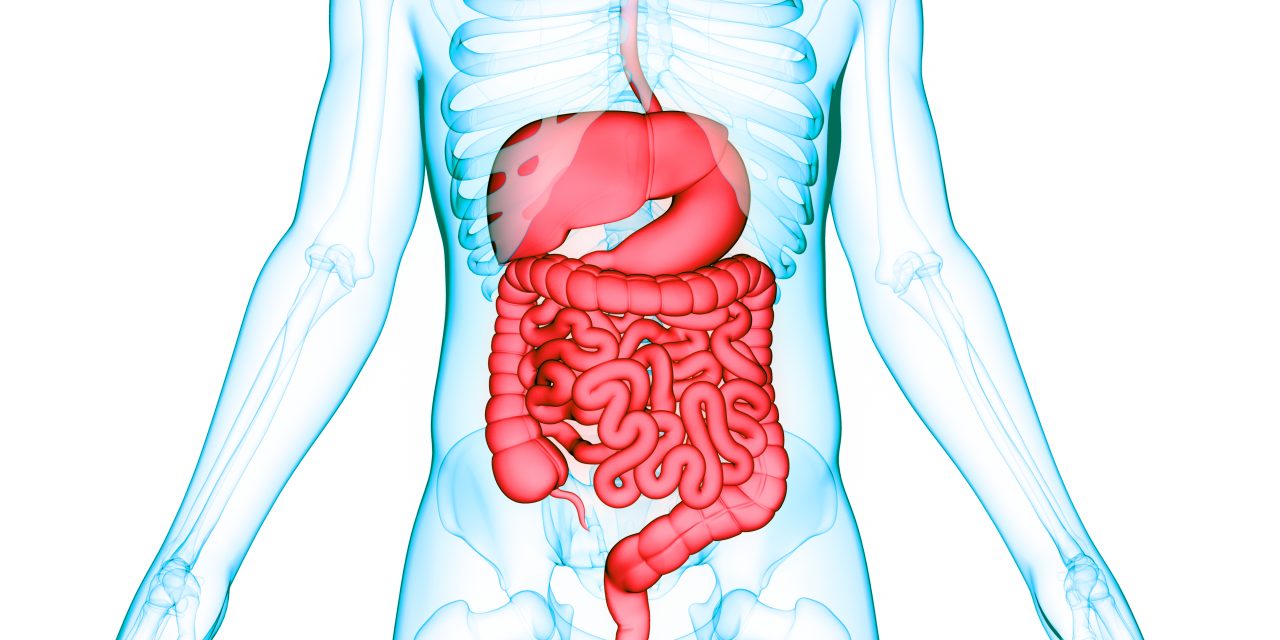Feeding preterm babies human milk (HM) improves their prognosis. In the absence of mother’s milk, pasteurized donor HM (DHM) is preferred over formula. Holder pasteurization (HoP) is a widely used technique in HM banks; nevertheless, it has been shown to damage numerous functioning HM components. The purpose of this study was to assess the efficacy of HoP and two novel processing techniques in retaining certain bioactive HM protein components. HM samples were obtained from donors of the Bologna HM bank and split into four subsamples: one was retained raw, while the others were treated using a different procedure. The contents of total protein, secretory immunoglobulin A (sIgA), and lactoferrin were compared. Both HM lactoferrin and sIgA content were negatively affected by each technique, although to varying degrees: sIgA was preserved by HTST, with only HPP causing a substantial drop; lactoferrin content was significantly reduced by HoP and HTST, but conserved by HPP. Protein profile variations were seen for all processing techniques, with HoP being the most important, followed by HTST, and lastly HPP. In agreement with national requirements, all three techniques reduced untreated HM microbial counts to undetectable levels.
HTST and HPP both retained the original HM protein profile better than HoP. They did, however, impact certain bioactive HM components implicated in immunological response and antibacterial action differently.


